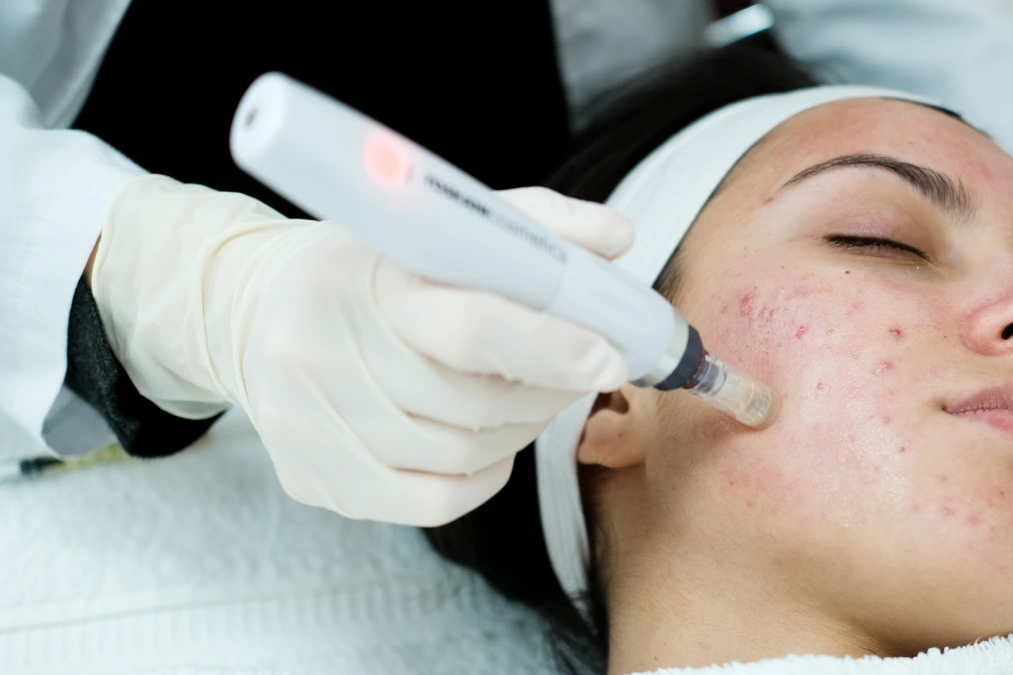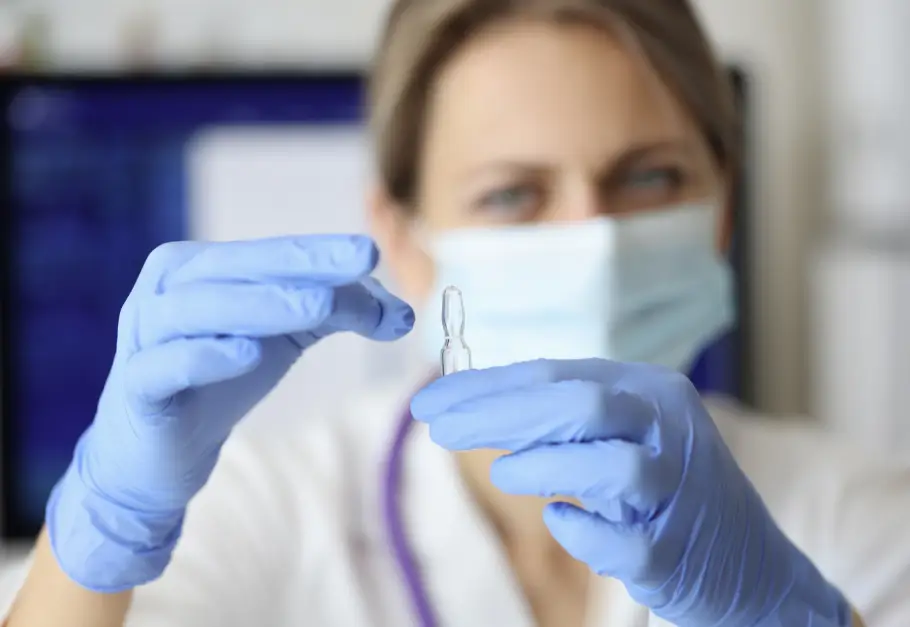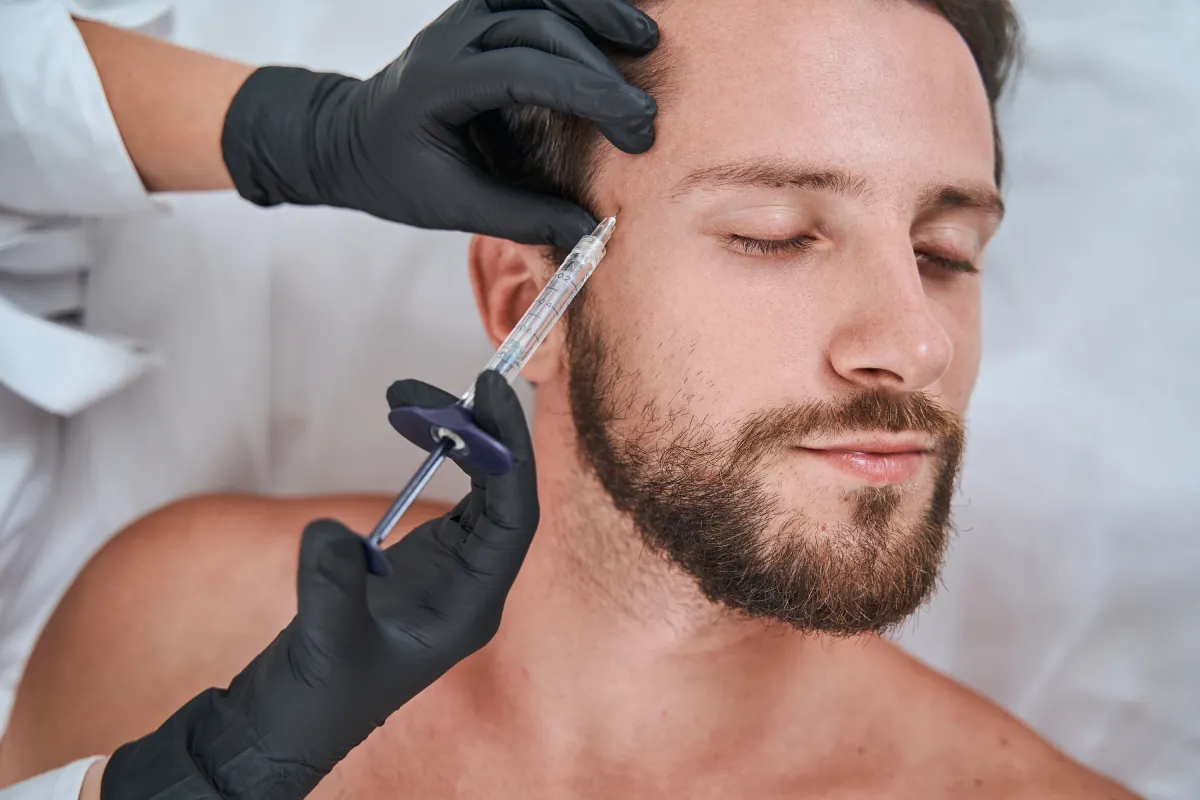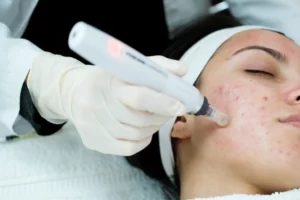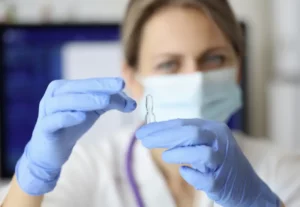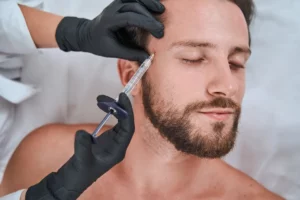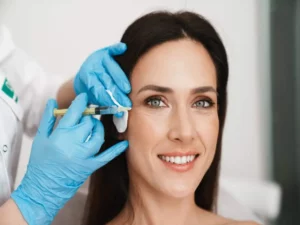Intradermal vaccinations, also known as intradermal injections or intradermal immunizations, represent an innovative method of vaccine administration that has garnered significant attention in recent years. Unlike traditional intramuscular or subcutaneous injections, which deliver vaccines into the muscle or the fatty tissue beneath the skin, intradermal vaccinations involve a shallower injection directly into the dermis layer of the skin.
The dermis, the layer of skin beneath the epidermis, is a highly specialized and immunologically active region. It is rich in immune cells, including dendritic cells, which play a crucial role in initiating and regulating immune responses, as well as T-cells, which are essential for adaptive immunity. By delivering vaccines directly into this immunologically privileged environment, intradermal vaccinations are believed to elicit a more robust and targeted immune response compared to conventional injection methods.
Specialized techniques and devices are employed to facilitate intradermal delivery. Intradermal vaccinations typically involve the use of shorter, smaller-gauge needles designed to penetrate only the shallow depth of the dermis, approximately 1-2 millimeters beneath the skin’s surface. This precise delivery method helps ensure that the vaccine is administered into the targeted dermal layer, maximizing its interaction with the resident immune cells.
Safety Considerations: The Safety Aspects of Intradermal Vaccinations
While intradermal vaccinations offer potential advantages in terms of immune response and dose efficiency, ensuring the safety of this administration method is of paramount importance. Several key safety considerations must be addressed when implementing intradermal vaccination programs:
Proper Training and Technique
Intradermal injections require specialized training and experience to ensure proper technique and accurate delivery of the vaccine into the thin dermal layer. Improper administration, such as injecting too deeply into the subcutaneous tissue or failing to reach the dermis, can compromise the vaccine’s effectiveness and potentially increase the risk of adverse reactions.
Healthcare professionals administering intradermal vaccinations must undergo comprehensive training programs that cover the appropriate injection techniques, including patient positioning, needle angle, and depth of injection. Regular competency assessments and ongoing quality control measures are essential to maintaining the highest standards of safety and efficacy.
Potential Side Effects
Like any vaccination, intradermal injections carry the risk of localized reactions at the injection site. These reactions may include redness, swelling, itching, or mild discomfort. While these side effects are generally mild and self-limiting, they should be carefully monitored, and patients should be educated on appropriate post-injection care and when to seek medical attention.
In rare cases, more severe reactions, such as allergic responses or systemic adverse events, may occur. Healthcare providers must be vigilant in identifying and managing these rare but potentially severe complications, following established protocols and guidelines.
Injection Site Monitoring
Due to the shallow depth of intradermal injections, it is crucial to monitor the injection site closely for proper vaccine delivery and adverse reactions. Patients receiving intradermal vaccinations should be observed for a short period after injection to ensure no immediate adverse reactions occur.
Proper injection site monitoring can also help identify instances of improper injection technique or vaccine leakage, which can compromise the effectiveness of the vaccination. Healthcare providers should be trained to recognize and address these issues promptly, ensuring the safety and efficacy of the intradermal vaccination process.
By addressing these safety considerations through rigorous training, adherence to best practices, and diligent monitoring, healthcare providers can help mitigate potential risks and ensure that the benefits of intradermal vaccinations are realized while prioritizing patient safety.
Key Points to Remember:
- Trained Administration: Intradermal vaccinations require specialized training and experience to ensure proper technique and dose delivery into the thin dermal layer.
- Potential Side Effects: Like any vaccination, intradermal injections may cause localized reactions, such as redness, swelling, or itching at the injection site. Severe reactions are rare but should be monitored.
- Injection Site Monitoring: Patients receiving intradermal vaccinations should be observed for a short period after injection to monitor for any immediate adverse reactions.
The Subtle Revolution: Unlocking the Efficacy and Advantages of Intradermal Injections
Intradermal injections, once an underappreciated gem in the realm of medical procedures, are now stepping into the spotlight, casting a glow of efficacy and advantages that cannot be ignored. As the medical world continually seeks methods that optimize patient comfort, treatment precision, and effectiveness, the subtlety of intradermal injections emerges as a transformative force.
Traditionally overshadowed by their intramuscular and subcutaneous counterparts, intradermal injections, like those administered at The Plump Room, are carving out a niche for themselves, offering a plethora of benefits that extend far beyond their diminutive size.
One of the most notable advantages of intradermal injections is their precision targeting. By delivering medication directly into the dermis, intradermal injections bypass the barriers encountered by other routes, ensuring rapid absorption and potent effectiveness. This precision is especially crucial in dermatology and aesthetic medicine, where minute adjustments can yield monumental results.
Beyond the realm of aesthetics, the versatility of intradermal injections extends to diagnostic and therapeutic realms. From allergy testing to vaccine administration, their efficacy shines brightly, offering a gentle yet potent solution to a myriad of medical challenges.
Improved Immune Response:
The dermis layer contains a high concentration of immune cells, including dendritic cells and T-cells, which can enhance the body’s immune response to the vaccine.
Dose Sparing
Intradermal vaccinations often require a lower dose of the vaccine compared to traditional injections, potentially reducing vaccine waste and costs.
Needle-free Options
Some intradermal vaccination methods involve needle-free delivery systems, which can be less invasive and reduce needle anxiety among patients.
Choose Plump Room Aesthetics Today!
At The Plump Room Aesthetics, our commitment to excellence extends beyond the realm of aesthetics—it encompasses dedication to innovation, safety, and patient satisfaction. When it comes to intradermal injections, our meticulous approach sets us apart, ensuring that every procedure is conducted with precision, care, and a touch of artistry.
Intradermal vaccinations have emerged as a groundbreaking solution for various vaccines, including influenza, rabies, and certain travel-related vaccines. However, navigating the complexities of intradermal administration requires expertise and finesse. That’s where the Plump Room shines.
Our team of skilled practitioners possesses a wealth of experience in intradermal injections, backed by extensive training and a commitment to staying abreast of the latest advancements in the field. We understand that not all vaccines are approved for intradermal administration, and we meticulously adhere to specific indications, dosages, and techniques prescribed by local guidelines.
Intradermal injections may be subtle, but the impact they can have on your health, appearance, and confidence is anything but. Trust The Plump Room to guide you on your journey toward a brighter, more vibrant future—one injection at a time.
It’s recommended to consult with healthcare professionals and follow the guidance of reputable health authorities regarding the safety and efficacy of intradermal vaccinations for specific vaccines and individual circumstances.

